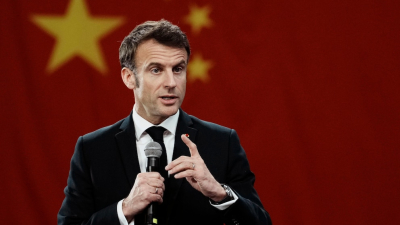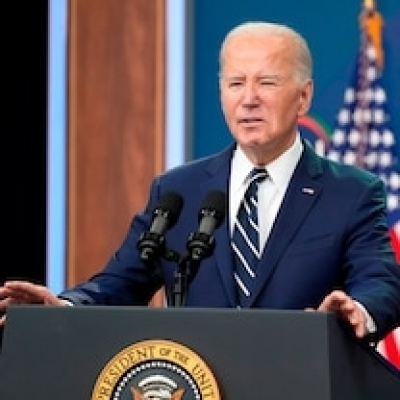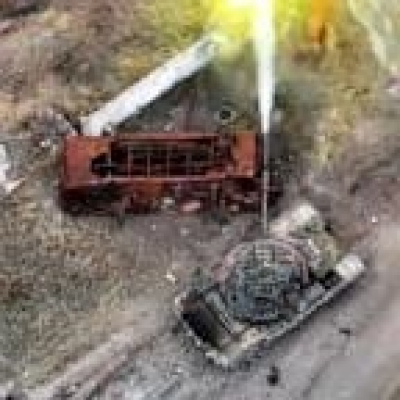TEPCO Gains Approval to Reload Fuel: A Step Toward Restarting Kashiwazaki-Kariwa Nuclear Plant
In a pivotal move aimed at reactivating Japan's nuclear energy sector, Tokyo Electric Power Company Holdings (TEPCO) has received clearance from safety regulators to initiate the fuel loading process at its Kashiwazaki-Kariwa nuclear power plant in Niigata. This marks a significant milestone as TEPCO endeavors to resume operations at its sole operational facility since the catastrophic events of the Fukushima Daiichi disaster in 2011.
The authorization, granted by the Nuclear Regulation Authority, paves the way for the commencement of fuel assembly loading into the No. 7 reactor, scheduled to begin imminently. With 872 sets of fuel assemblies to be installed, this undertaking is projected to unfold over the course of several weeks.
The Kashiwazaki-Kariwa plant, renowned as the world's largest of its kind, has lain dormant since 2012, following the nationwide suspension of reactor operations in the aftermath of the Fukushima Daiichi meltdowns. Although Reactors 6 and 7 had previously cleared safety assessments in 2017, their reactivation efforts were halted in 2021 due to a series of identified safeguarding deficiencies. The lifting of the operational moratorium by the Nuclear Regulation Authority four months ago heralded renewed prospects for TEPCO's nuclear ambitions.
Faced with the mounting financial burdens associated with decommissioning and compensating affected Fukushima residents, TEPCO views the reactivation of its sole operative nuclear facility as a crucial business imperative. However, the company confronts the formidable challenge of rebuilding public confidence in its capacity to operate nuclear plants safely.
The decision to accelerate nuclear power deployment aligns with Prime Minister Kishida Fumio's administration's revised energy strategy, which now emphasizes the role of nuclear energy in mitigating escalating fuel costs triggered by geopolitical tensions and meeting ambitious decarbonization targets.
Notably, the International Atomic Energy Agency (IAEA) has endorsed Japan's nuclear energy expansion plans, viewing it as a dependable and environmentally friendly energy source. In a demonstration of solidarity, the IAEA dispatched a team of experts to provide technical support at the Kashiwazaki-Kariwa facility.
TEPCO has reiterated its commitment to prioritizing safety throughout the reactivation process, emphasizing a vigilant approach to issue identification and remediation. Nevertheless, the restart initiative remains contingent upon securing approval from the local community, whose concerns were reignited by a seismic event near the Noto region on January 1st.
Niigata Governor's Decision Looms Over Kashiwazaki-Kariwa Reactivation
The impending restart of the No. 7 reactor at the Kashiwazaki-Kariwa nuclear power plant hangs in the balance as Niigata Governor Hideyo Hanazumi remains noncommittal regarding his stance on the matter. In light of the significant road infrastructure damage wrought by the recent Noto earthquake, Hanazumi has expressed reservations concerning the adequacy of evacuation protocols in communities proximate to the plant. He has underscored the necessity for thorough deliberation on safety precautions before any reactivation proceeds.
The uncertainty surrounding Governor Hanazumi's position underscores the complexity of reconciling local interests with broader energy policy objectives. Hanazumi's insistence on addressing infrastructure vulnerabilities and refining evacuation strategies reflects a prudent approach to safeguarding public welfare in the face of potential nuclear hazards.
As discussions unfold, stakeholders must navigate a delicate balance between revitalizing Japan's nuclear energy sector and assuring the populace of their safety. The outcome of Governor Hanazumi's deliberations will undoubtedly shape the trajectory of nuclear policy in Niigata Prefecture and reverberate across the nation's energy landscape.
In conclusion, Governor Hanazumi's deliberations represent a pivotal juncture in Japan's energy landscape, encapsulating the nuanced interplay between economic imperatives and public safety concerns. The resolution of the reactivation debate at the Kashiwazaki-Kariwa plant hinges on striking a delicate balance between revitalizing nuclear energy production and addressing local apprehensions. As stakeholders navigate these complexities, the outcome will not only shape the future of nuclear policy in Niigata Prefecture but also influence broader energy strategies nationwide. Ultimately, the decision must prioritize the well-being of communities while advancing sustainable and secure energy solutions for Japan's future.











